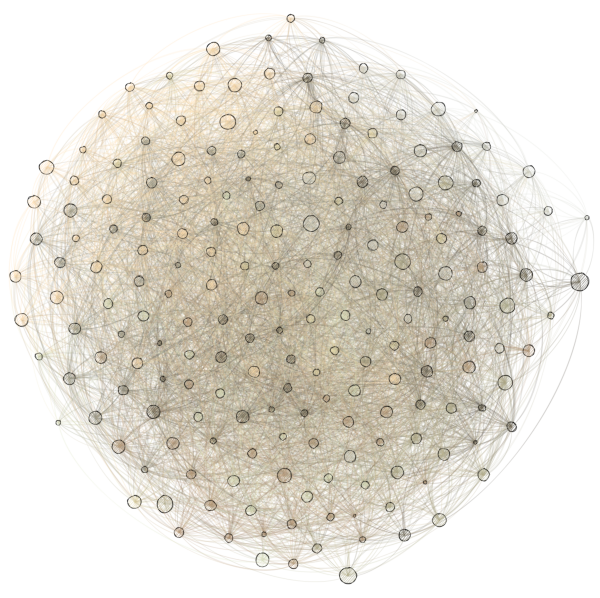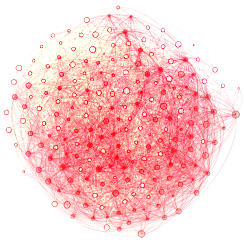Participation
How can you help us?
You can help us in this investigation answering and sharing this form:

Prevention measures and risk perception of COVID-19 spread.
About
The only way to deal with epidemic propagation in modern societies is to make extensive use of predictive models supported by a vast array of mathematical and computational tools of diverse complexity and accuracy.
Many of these models are analogous to those used in other fields. SIS models, for instance, used to model diseases that do not confer long lasting immunity (like common flu) can also be used to model population dynamics of species related through a trophic network within an ecosystem. In that case, we call them Lotka-Volterra models.
From that point of view, it is not surprising the fact that multiple behaviors exhibited by the propagation of a epidemic naturally emerge too in other sytems that we model.
For example, "percolation" or the "ability to pass through" a system as a bushfire is able to propagate across a forest (there is percolation) or it is self-extinguished (there is no percolation) depending on its stocking or its energy release component is analogous to the propagation of a disease, dependant on its vrulence, demography, cultural customs, our knowledge about it, etc
Also "hysteresis" or "dependence on previous state" determines the lag between the adoption of measures and their outcome. It also appears in materials science.
But for all these similarities between capillary flow, bushfire propagation, ecological dynamics, we still have to deal with hardly parameterizable human behavior in epidemiological models.
We must take into account that system response to many of these variables is approximately sigmoidal and very subtle variations in any of its parameters makes the difference between a complete holoendemic and self-extinction of the outbreak.
In this project we generate synthetic populations of millions of virtual individuals. Each one of them relates to others with diverse proximity degrees and belong to different comunities and strata.

We run bundles of simulations of epidemic spread across the comunity with different parameters. When we feed machine learning algorithms with accumulated data from these simulations, we expect to be able to infer the parameters of the disease, the outbreak and the environment from real data, even if it is scarce.
Specifically, the data provided by you will help to model the flow of information about epidemic control across the network.
This task is critical as very early adoption of control measures, when risk perception is low, damages the adherence to present and future actions. On the other hand, delaying the decisions, even in a time scale of hours, could lead to a dramatically worse outcome.
Data Results





Prevention measures and risk perception of COVID-19 spread.